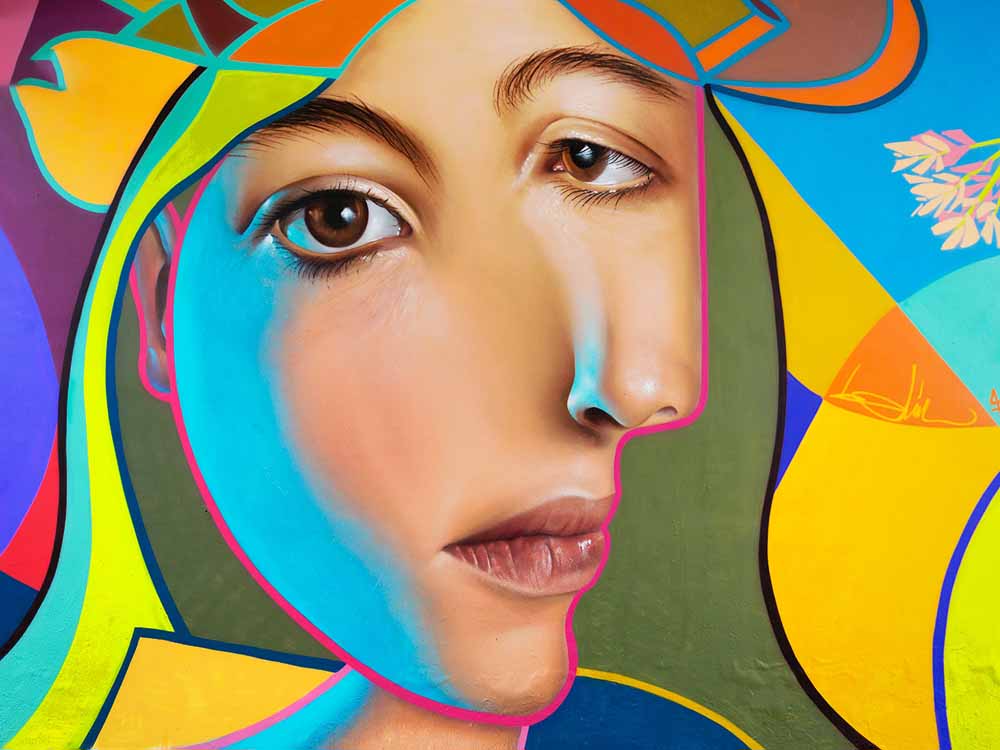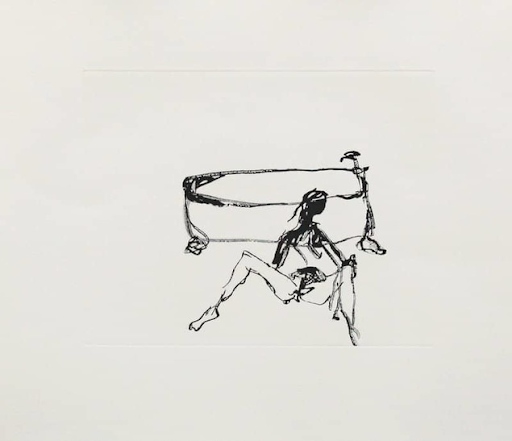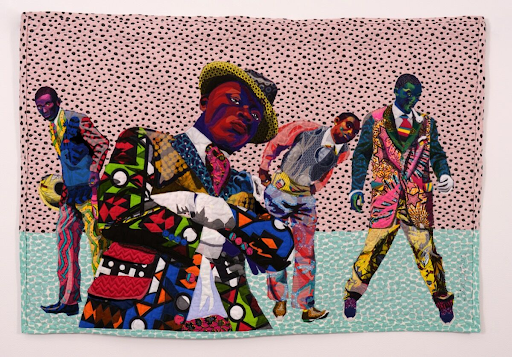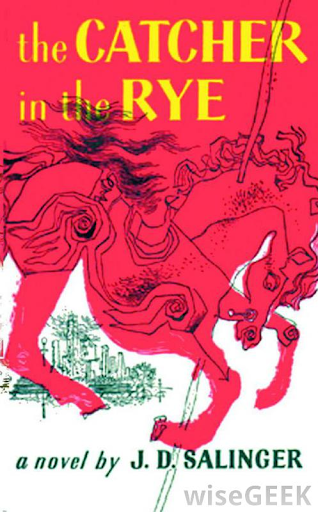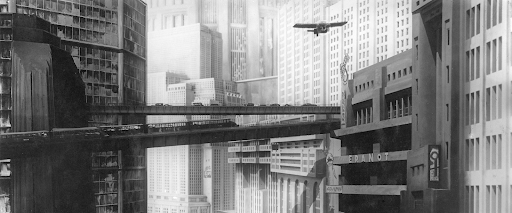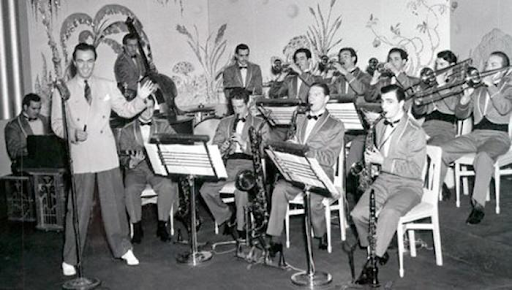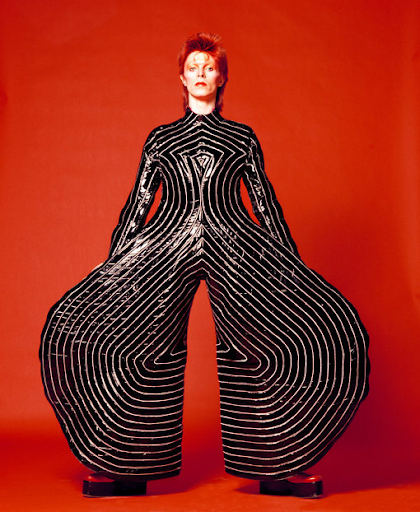Contemporary Art simply refers to ‘the art of today’. A movement that started after the end of World War II, sometime between the 1940s and the 1960s as a response to Modernism, contemporary art functioned within the postmodern movement to reflect the world in its current state. Artists embraced contemporary art — consisting of a variety of styles and artistic intentions — because of the way Modern art was associated with distorted ideas of progressivism. Whereas contemporary art was a way for them to reflect on society and ignite important conversations.
“All art is contemporary art because it had to be made when it was now.”
—James Turrell
Impact on the World
Contemporary Art is also referred to as Post-Modernist Art. It was the first-ever movement in the art world that was free of any kind of restrictions, allowing artists to break the mold and create whatever they wanted to. Experimentation was the key to contemporary art, allowing artists from all over the world such as Takashi Murakami, Jeff Koons, and David Hockey to focus on the exploration of social issues through all kinds of artistic mediums. Whether it was performance art, pop art, minimalism, or creating absurd sculptures — the contemporary art movement invited and encouraged innovation above anything else.
“Creativity is the power to reject the past, to change the status quo, and to seek new potential… Creativity is the power to act.”
–Ai Weiwei
“What is extraordinary about contemporary art is the energy – it has our energy. New energy. Pieces hundreds of years old are beautiful from an aesthetic point of view, but without our modern energy.”
—Victor Pinchuk
Impact on Literature
Contemporary Art was all about freedom of expression and that translated into literature as well. Much like contemporary art, contemporary literature was also grounded in the exploration of reality as it was. Genres in the contemporary literature period spanned from poetry, flash fiction, short stories, slam poetry, plays, memoirs, and autobiographies. All of these borrowed themes from real life, featuring well-defined and realistic characters with flaws to humanize them even more. In the contemporary era, literature was more character-driven than plot-driven, providing commentary on the devastation brought about by the Second World War.
“Art, freedom, and creativity will change society faster than politics.”
—Victor Pinchuk
“We are concerned with the relationship between art and life. Contemporary art is only intelligible in terms of its relationship to our life.”
—David Elliott
Impact on Film
Cinema occupied an important place in the contemporary art movement which considered films to be an important artistic medium. Within contemporary art, Cinema was a medium for the preservation of memory and cultural identity. Artists began using amateur videography, home films, and old, black-and-white movies to trigger emotion within their artworks. The same style translated into contemporary films which became a way for the audience to reflect on society. A lot of filmmakers began to adapt contemporary literature into films and in general, contemporary movies were based on historical events with universal themes that appealed to the audience’s emotions.
Impact on Music
Much like contemporary film, contemporary music also sought to elevate and intensify certain emotions within the listener. Artists that performed or composed contemporary music were considered to be Avant-Garde, breaking all the rules of traditional music, merging genres, and playing instruments the wrong way. Contemporary music started in 1945 and explored minimalism in sound through techniques like dissonance and unconventional notes. Pop, Jazz, Funk, and Rock are some of the dominant genres that emerged within contemporary music and explored new ways to make music that connected with the people.
“When fashion sweeps in, artists follow suit. I think this is the malady of contemporary art.”
—Gao Xingjian
Impact on Fashion
Contemporary Fashion was more than just an aesthetic movement. Taking inspiration from the roots of contemporary art, the contemporary fashion movement strived to make the industry more inclusive and accessible. Handmade crafts were a huge part of the contemporary movement and this technique also made its way into garment production after World War II through things like embroidery, natural motifs, and handmade jewelry. Contemporary fashion was also less restrictive in terms of design and silhouettes, allowing people to dress however they wanted to within lower price ranges.
“I believe in art that is connected to real human feeling, that extends itself beyond the limits of the art world to embrace all people who are striving for alternatives in an increasingly dehumanized world.”
–Judy Chicago
Looking to explore more art genres? Head over to JoeLatimer.com for a multidisciplinary, visually stunning experience. ☮️❤️🎨
Enjoy this blog? Please help spread the word via:


